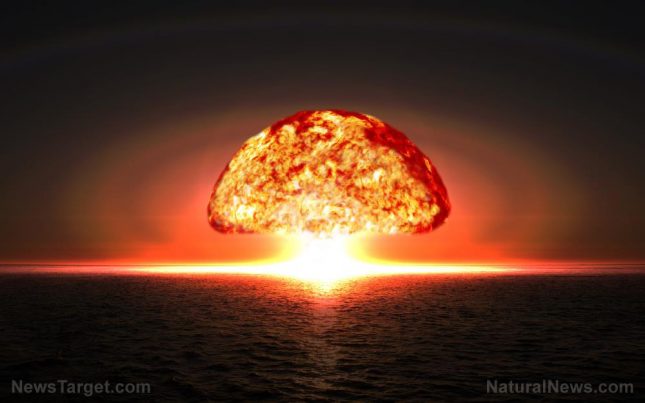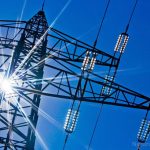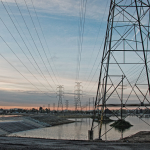
Prepping basics: How to prepare for a nuclear attack
Wednesday, May 13, 2020 by Arsenio Toledo
http://www.emp.news/2020-05-13-how-to-prepare-for-a-nuclear-attack.html

Since the first nuclear bombs fell on Japan at the end of World War II, people all over the world have, at one point, lived in fear of an impending nuclear attack, especially during the height of the Cold War. While the dangers of a nuclear strike may have disappeared for many, the risk of an attack isn’t totally gone, especially due to the possibility of a nuclear power plant malfunctioning, and the fact that the United States Armed Forces have lost possession of a handful of nuclear weapons over the past decades.
Even the smallest possible nuclear attack can have devastating consequences. The flash of light of a nuclear blast can temporarily blind you and the blast wave can turn a building into rubble. If you’re able to survive the initial blast wave, the subsequent firestorm can give you massive burn injuries and damage the structure you’re in and the radiation wave can give you radiation sickness.
Finally, the fallout from a nuclear attack will turn all of the dirt and debris that rains down upon you into radioactive substances, significantly increasing your risk of dying from radiation exposure.
Before the attack
To prepare for such a catastrophic event, there are two things that you can do: Stock up on supplies and strengthen your shelter.
For supplies, you will need a lot of shelf stable, high-calorie and non-perishable foods. For water, expect to have to stockpile enough water for at least three days. The standard guideline of one gallon per person per day applies here as well. If you have the resources, get as much food and water as you can.
You will also need a fully stocked first aid kit and some protective gear, such as flashlights, gas masks and anti-radiation equipment. Learn how to use these before a nuclear attack. (Related: Study finds American medical system unprepared for a nuclear attack.)
Finally, invest in a disaster radio that’s either battery-powered or crank-operated. Using this can help you tune into government emergency frequencies, where you can listen to instructions from experts on nuclear attacks.
If you have the time and the resources, consider investing in a purpose-built nuclear shelter on your property. Use concrete and other dense materials for constructing your shelter and your fallout shelter should be underground. At least three feet of packed earth can offer a lot of protection.
During the attack
If you are warned of an incoming nuclear attack, your chances of surviving have already gone up. If you’re not in your home, get inside the nearest and heaviest structure that you can identify, and head underground. Don’t forget to grab your survival kit if it’s in your car or in your office.
If you’re at home, get your family and take them into your fallout shelter as quickly as possible and lock the doors behind you. Place the heaviest, sturdiest object between you and the likely direction of the blast.
After the attack
In the immediate aftermath of the blast, assuming that you and your family are alright and were able to quickly bug out to your shelter, stay inside because the nuclear fallout will arrive soon. Staying inside can significantly lower your risk of getting radiation sickness. Listen to emergency broadcasts and wait for word on when it will be safe for you and your family to leave.
If you got exposed to the fallout, get indoors and strip and discard all of your clothing as soon as possible – be careful not to accidentally contaminate other survivors and supplies. Take a shower if you can and wash with soap and shampoo to decontaminate.
Take a survey of your fallout shelter and examine all of the places any radiation can leak through – doors, windows, vents and any and all seams and cracks in the walls need to be sealed shut.
A nuclear attack is unimaginably devastating. However, with the right preparation, it can be survivable.
Sources include:
COPYRIGHT © 2017 EMP NEWS





